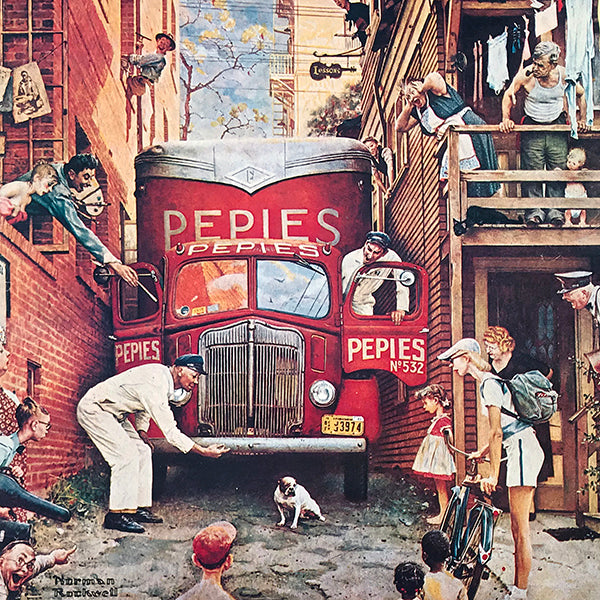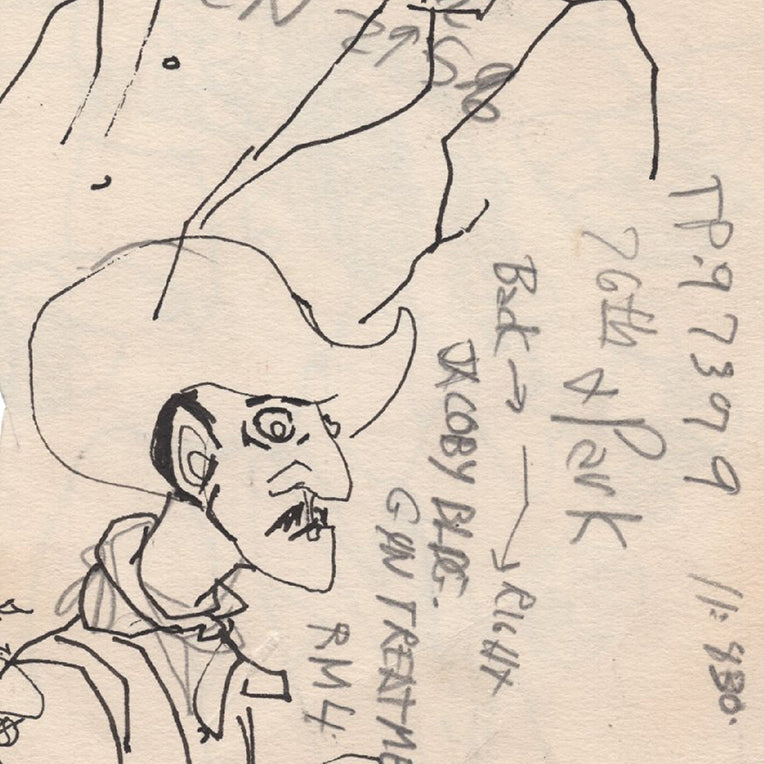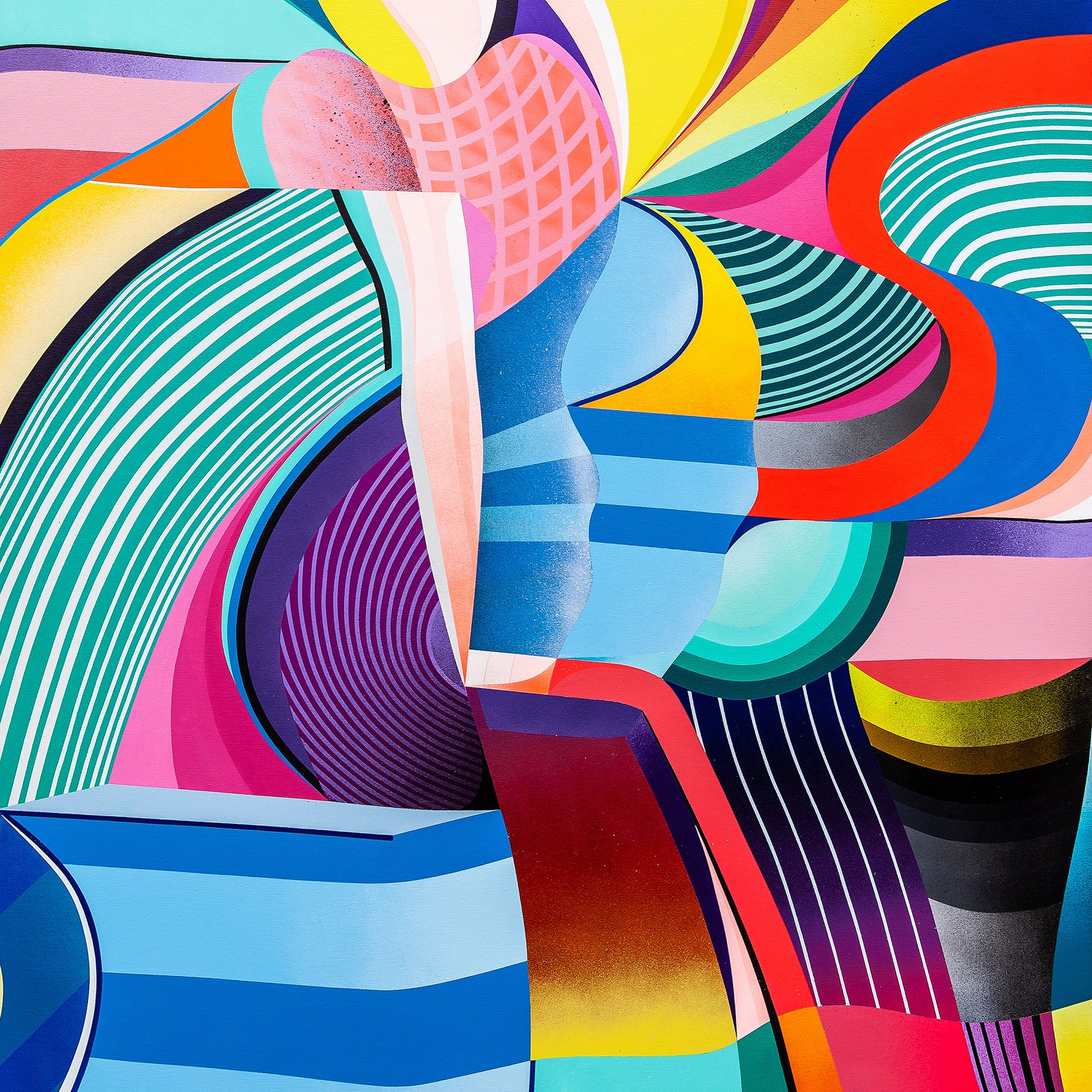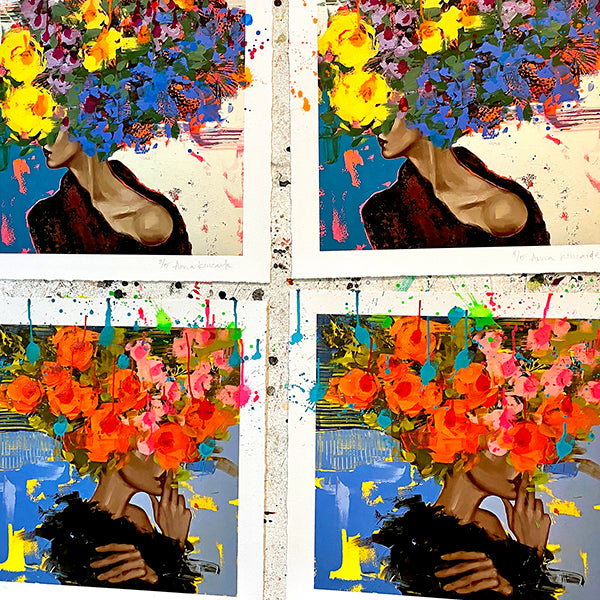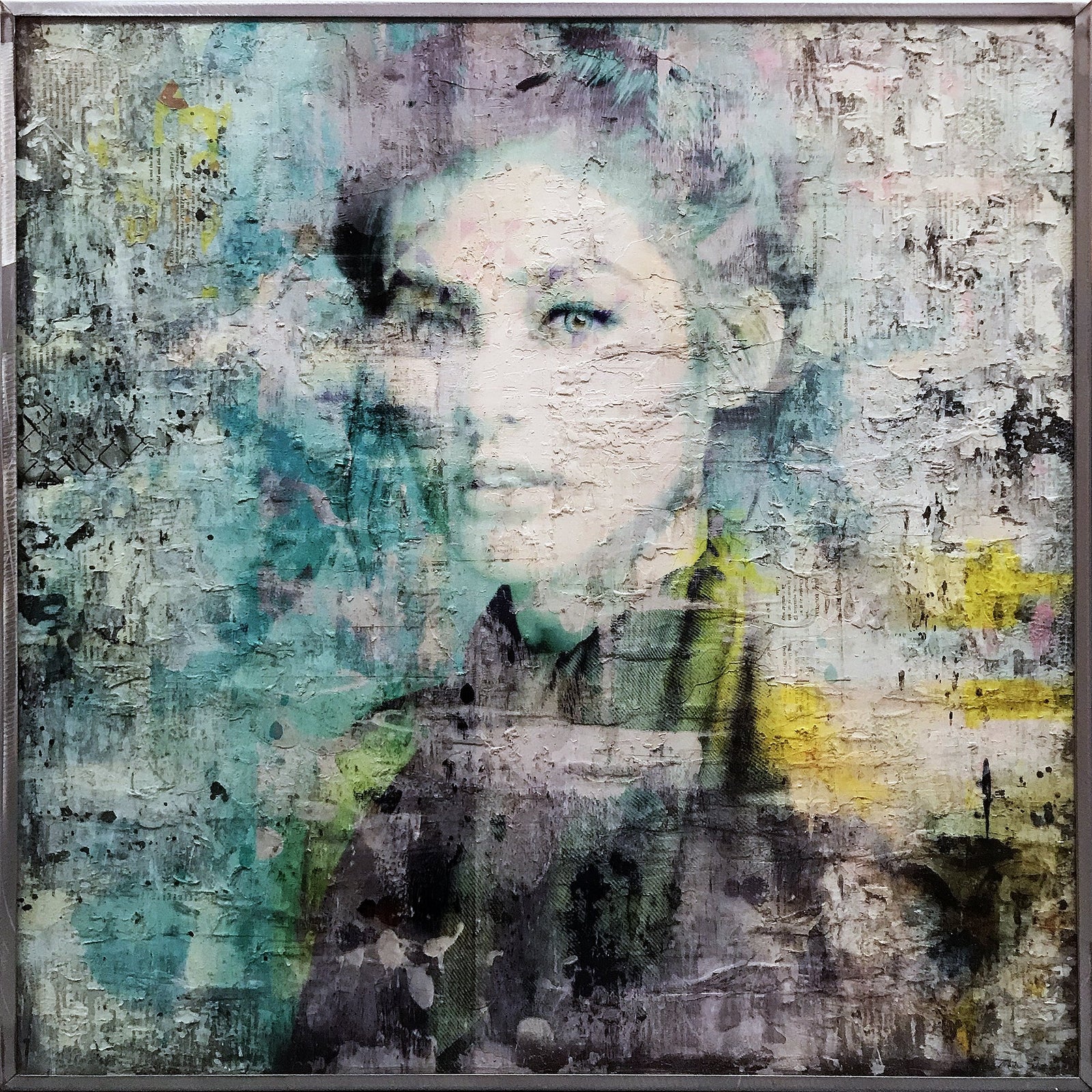I don't quite remember how or why (full moon perhaps?) I happened upon Jakub's work, mainly because once I did I was completely enthralled and my previous interest lost. I was instantly teleported into his mythic, romantic worlds and remained there, pleasantly trapped, for a good period of time. His robust scenery really sunk in and held tight; his art is, ahem, worse than his bite. I immediately bookmarked any pages with his work, made a plan to purchase some prints and filed him in my ever-growing category of "stuff that deserves more props." By his own admission this is his first real distribution in the States. America, welcome to the future that is the 1920 Eastern Europe of Mr. Werewolf.
- Trevor
We are all products of our environments in some way, and these environments inspire our views, our lives and ultimately, what we give back. Our contribution to the world.
One feeds the other: The sky, our minds. The trees, our spirit. The water, our hearts. Nature lends its own inspiration, one teeming with the unseen. With mythology and magic and monsters. With imagination.
With Possibility.
The what if’s. What if magic were real? What if monsters existed, lurking just over the hill, behind the dense grove? What if the figures of legend and lore were waging wars in the mountains, their clashing swords, bolts of lightening? Their battle cries, claps of thunder?
This is Jakub Rozalski’s world. This is the reality he’s created, the seeds planted during a childhood spent in a small village located in northern Poland. As a painter, conceptual artist and illustrator, Rozalski (better known as Mr. Werewolf) draws from his natural passions - history and ancient beliefs - to create a completely reimagined picture of Eastern Europe during the 1920s.
The stark panorama provides the perfect theater for the seamless pairing of science fiction, fantasy and peasant life, all blended by way of traditional acrylics and graphic design. Through these mediums, Mr. Werewolf has taken to rewriting a window of history, drawing from his love for the stories of his homeland, his natural affinity for nature and a fascination with what could exist beyond, plucking each element from its respective environment to create a wholly new, wholly terrifying, gruesome, mystical and unpredictable microcosm.
And in this microcosm - this wild, untethered landscape - werewolves exist. Not only exist, but thrive. Dominate. This too, has been a life-long love of Rozalski’s, and one that takes front and center in his art. “I just love wild nature and animals. Werewolves are for me the epitome of the wild, the original force of nature, brute strength. I always imagined them, not as evil monsters, but more as mythical guardians of the old order of nature. I think that deep inside, everyone has something of the werewolf.”
The old order of nature. The stories that Rozalski paints are a juxtaposed marriage of the old order and an alien order. Simplicity and raw power coupled with violent technology and overlords. Two very different, yet equally matched sources of strength. Just like the combination of his primal and modernized mediums, this contrast of opposites plays through every facet of Rozalski’s work, a theme instilled in him through his reverence for the origins and myths of his land. “Ilike strong contrasts, and romantic heroes fighting alone with windmills. I think it's also because of the interest in the history and ancient myths, where such situations we meet quite often.
On the other hand, I do not want to create purely historical illustrations, it would be boring for me. I like to mix historical facts and situations with my own motives, ideas and visions. I attach great importance to the details, the equipment and the costumes, because it allows me to embed painting within a specified period of time. But I always try to add something new, something alternative, fresh. I try to narrate the well known story in my own way.”
This narration is formed through a rare synthesis of storytelling in which ordinary people are engaged in every-day situations in extraordinary environments. A small girl in the foreground, walking her bike down a solitary dirt road, the only other presence that of a winged surveillance craft hovering just behind her. Another scene offers a slice of time rife with silent screams, freezing the moment a soldier looks out upon a village, witnessing monstrous spider robots capturing villagers and destroying homes. Another provides a glimpse into a secret pact; a lone woman on the edge of a cliff, reaching towards a mountain of a towering, ghostly figure, glowing eyes peering down on the tiny summoner.
In the world of Mr. Werewolf, the past and future, reality and fantasy, history and mystery, and tragedy and triumph all meet at the center of an ancient footbridge, one that both supports and exposes all of those things once hidden, whether in plain sight or in the imagination. All of those things which wrestle in Mr. Werewolf’s core, where he simultaneously battles, conquers and feeds his inner beast, each day…
Just like an ordinary, every-day man, engaged in exceptional, extraordinary circumstances.



